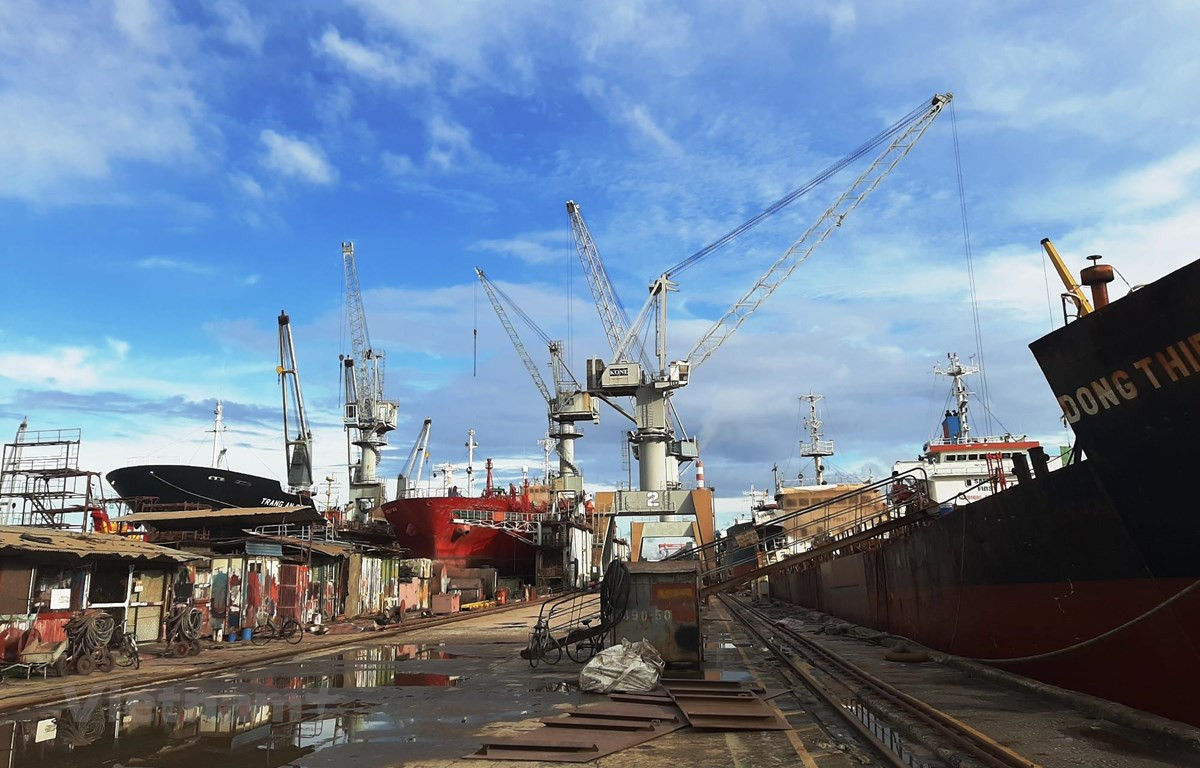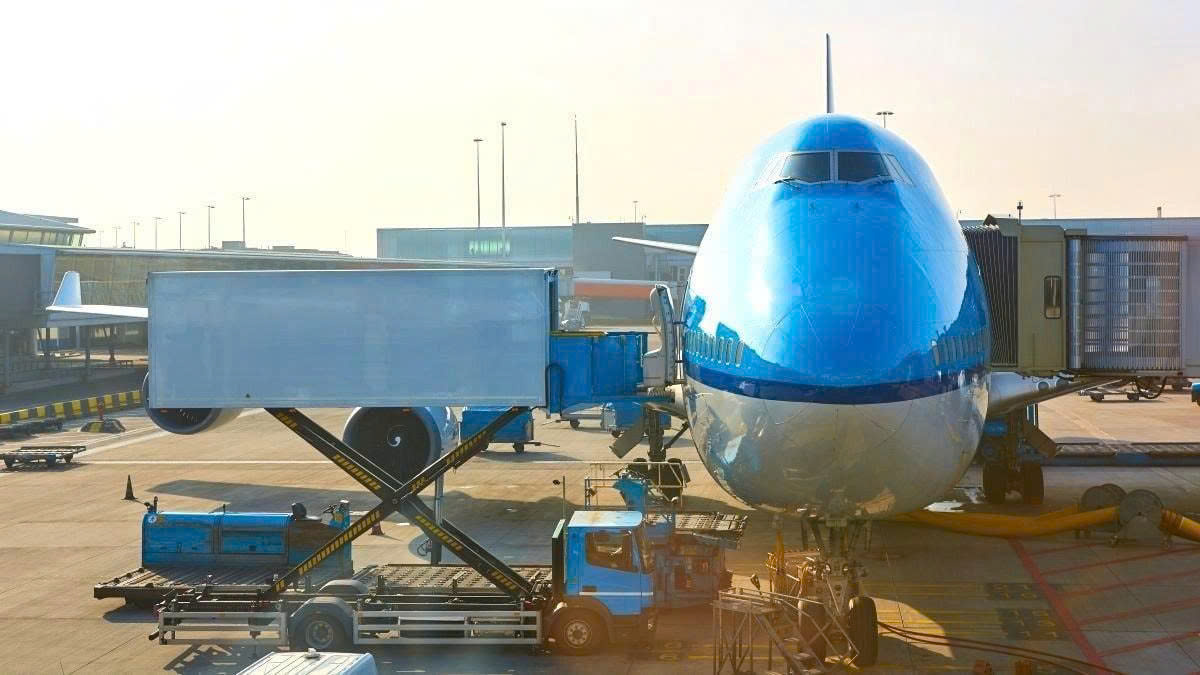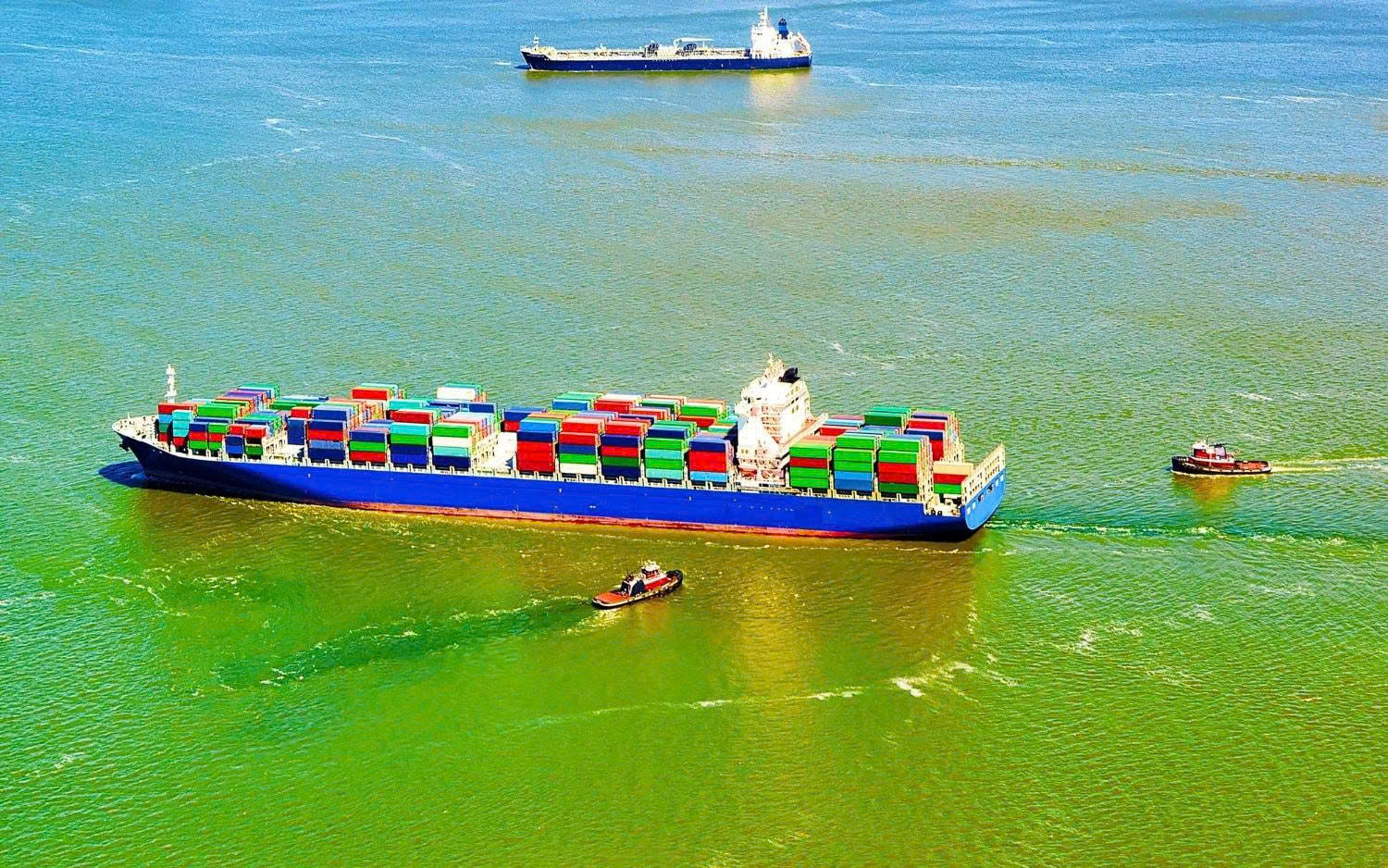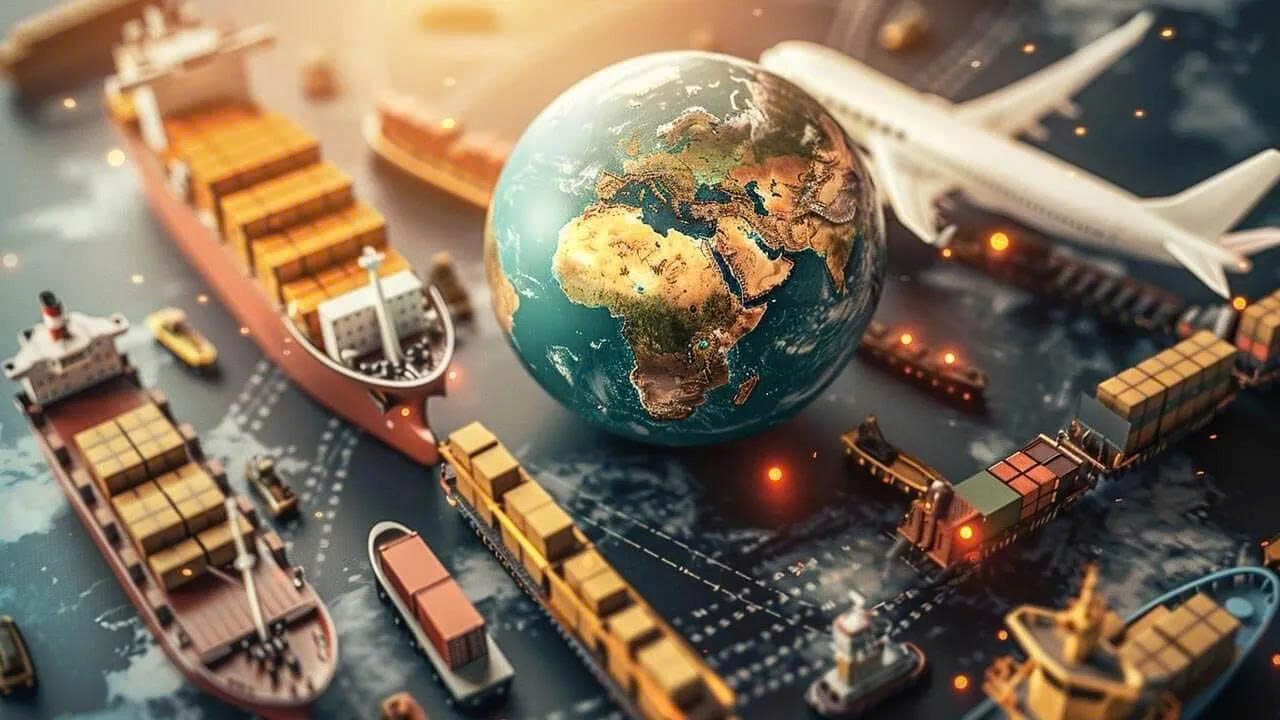Amid an increasingly pessimistic cargo demand outlook, ocean carriers are said to be negotiating with shipyards to delay delivery dates...

Shipbuilding contracts often incorporate a clause to facilitate a delay of 6 months or more, depending on the stage of construction and pressure from other orders.
But with the container shipping industry facing many challenges, warehouse owners can be quite comfortable about delaying delivery and the delay will focus on smaller sizes. In fact, shippers are competing for jobs with tonnage overwhelmed by the arrival of new 24,000 teu ULCVs on the Asia-Nordic route.
And shipping line procurement officials have been instructed to pause orders for new containers and return as much rented equipment as possible to alleviate the huge storage costs from mountains of empty containers. warehouses around the world.
Indeed, container warehouses will remain overcrowded, according to online shipping container platform, Container xChange. "There's not enough warehouse space to hold all the containers," says CEO Christian Roeloffs.
“With inventories continuing to hit the market, there will be additional pressure on warehouses in the coming months. This will be a major challenge for some and a competitive advantage for others in the business, especially in China because of locating empty containers there.”
The dual effects of a drop in demand and easing of port and shore congestion at container hubs have caused a major reversal in supply-demand fundamentals. According to the latest Drewry Container Forecaster supply-demand index, the market will see a major shift in balance to a position of 19% lower than equilibrium.
However, the marine analytics unit said it anticipates the capacity cuts - expected to become more drastic after the Lunar New Year - will keep top fleet growth at "comparatively low". for agriculture” 1.9%.
“Now that the container bubble has burst, the record frenzy of orders for 2021 and 2022 – which has so far reached around 6.7 million teu contracted – now even seems overwhelming,” Drewry said. level.
Carriers could benefit from higher contract revenue in Q1, but with old agreements expiring and new deals set at much lower rates, the industry's P&L account, seemingly as much less healthy.
According to many maritime experts, the global port and shipping industry will face many difficulties in 2023 as the economic downturn negatively affects trade as well as shipping output. However, there are still a few factors that positively support the industry outlook in 2023, including: (1) the shortage of containers has been resolved thanks to the additional supply of containers in 2022, (2) China is reopening, which will boost global trade and consumption, (3) the average Brent oil price is forecast to remain around $90 per barrel in 2023, which will help reduce costs fuel costs for shipping businesses and promote global trade. In a relatively complicated context, it is forecasted that in 2023 the global shipping and port industry will face many great challenges.
According to Alphaliner, the number of new shipbuilding orders continues to increase, bringing current orders to 27.9% of total market capacity – the highest level since 2012. Oversupply will put pressure on prices. sea freight in the near future. Business results of shipping lines have a certain lag with fluctuations in sea freight rates because time charter contracts are usually signed from 6-12 months. Thus, the impact of the reduction in sea freight rates will clearly affect Vietnamese shipping lines in the period of 2023-24.









